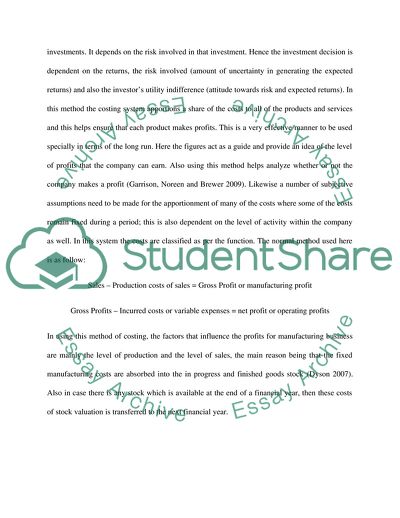Cite this document
(Effective Financial Management Coursework Example | Topics and Well Written Essays - 2000 words, n.d.)
Effective Financial Management Coursework Example | Topics and Well Written Essays - 2000 words. Retrieved from https://studentshare.org/finance-accounting/1740380-accounting-and-finance-john-r-dyson
Effective Financial Management Coursework Example | Topics and Well Written Essays - 2000 words. Retrieved from https://studentshare.org/finance-accounting/1740380-accounting-and-finance-john-r-dyson
(Effective Financial Management Coursework Example | Topics and Well Written Essays - 2000 Words)
Effective Financial Management Coursework Example | Topics and Well Written Essays - 2000 Words. https://studentshare.org/finance-accounting/1740380-accounting-and-finance-john-r-dyson.
Effective Financial Management Coursework Example | Topics and Well Written Essays - 2000 Words. https://studentshare.org/finance-accounting/1740380-accounting-and-finance-john-r-dyson.
“Effective Financial Management Coursework Example | Topics and Well Written Essays - 2000 Words”. https://studentshare.org/finance-accounting/1740380-accounting-and-finance-john-r-dyson.


